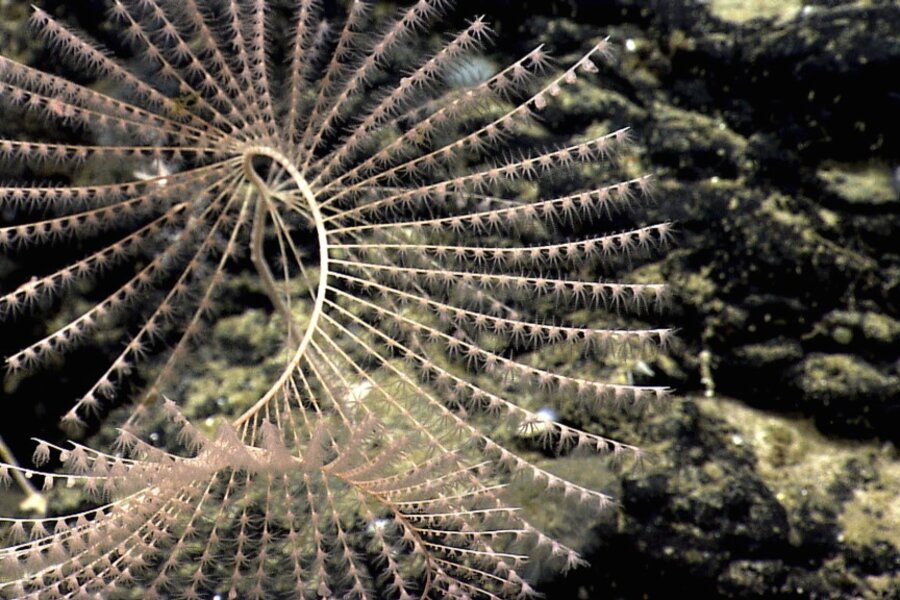Only four percent of the ocean is protected, study reveals
Loading...
Ocean water covers nearly 140 million square miles, or 71 percent of the Earth’s surface. But currently, only four percent is protected.
A recent study conducted by Lisa Boonzaier and Daniel Pauly of the University of British Columbia found that major steps need to be taken to cover even the most basic global targets to protect marine wildlife. A database created by Sea Around Us set a goal of ten percent by 2020 – but it has taken decades for countries to reach the current four percent.
The biggest problem? Biodiversity is rapidly falling.
In 2010, an international conference organized by the United Nations Aichi Targets called 200 representatives from countries around the world to meet and discuss how to increase biodiversity. Major problems include over-fishing, illegal harvesting, pollution, unsustainable shipping methods, oil spills, and climate change.
Still, studies indicated positive progress. In 2006, a little over one-half of one percent of the world's oceans were being protected; by 2012, coverage climbed to nearly two percent.
“The targets call for much more than just ten percent protection,” said Ms. Boonzaier in a press release from the Sea Around Us. “They require that protected areas be effectively and equitably managed, ecologically representative and well-connected, all of which will help to ensure that MPAs contribute to more than percentage targets and meet the goal of conserving biodiversity.”
Steps are already being made to combat some of these issues. A recent effort – and an unlikely friendship – between the US and Cuba is working to preserve the dwindling shark population in the Caribbean Sea. The nation of Palau, subsisting of over 500 islands in the Pacific Ocean, created the world’s first shark sanctuary and has undertaken stringent measures to protect its marine wildlife.
And for the first time in history, the G7 put the ocean on its agenda as an “issue of global importance” after German chancellor Angela Merkel claimed that oceans have turned into something of a global dustbin with over 13 million tons of plastic waste being dumped into oceans every year.
In the US alone, 18 percent of US land is federally protected – but less than four percent of its oceans are protected. Florida faces some of the largest coastal development problems, including severe motorboat pollution, over-harvesting, and damaged reefs. Sanctuary scientists have been working to replenish Florida’s coasts after the National Marine Sanctuary was prompted to take action in 1990.








